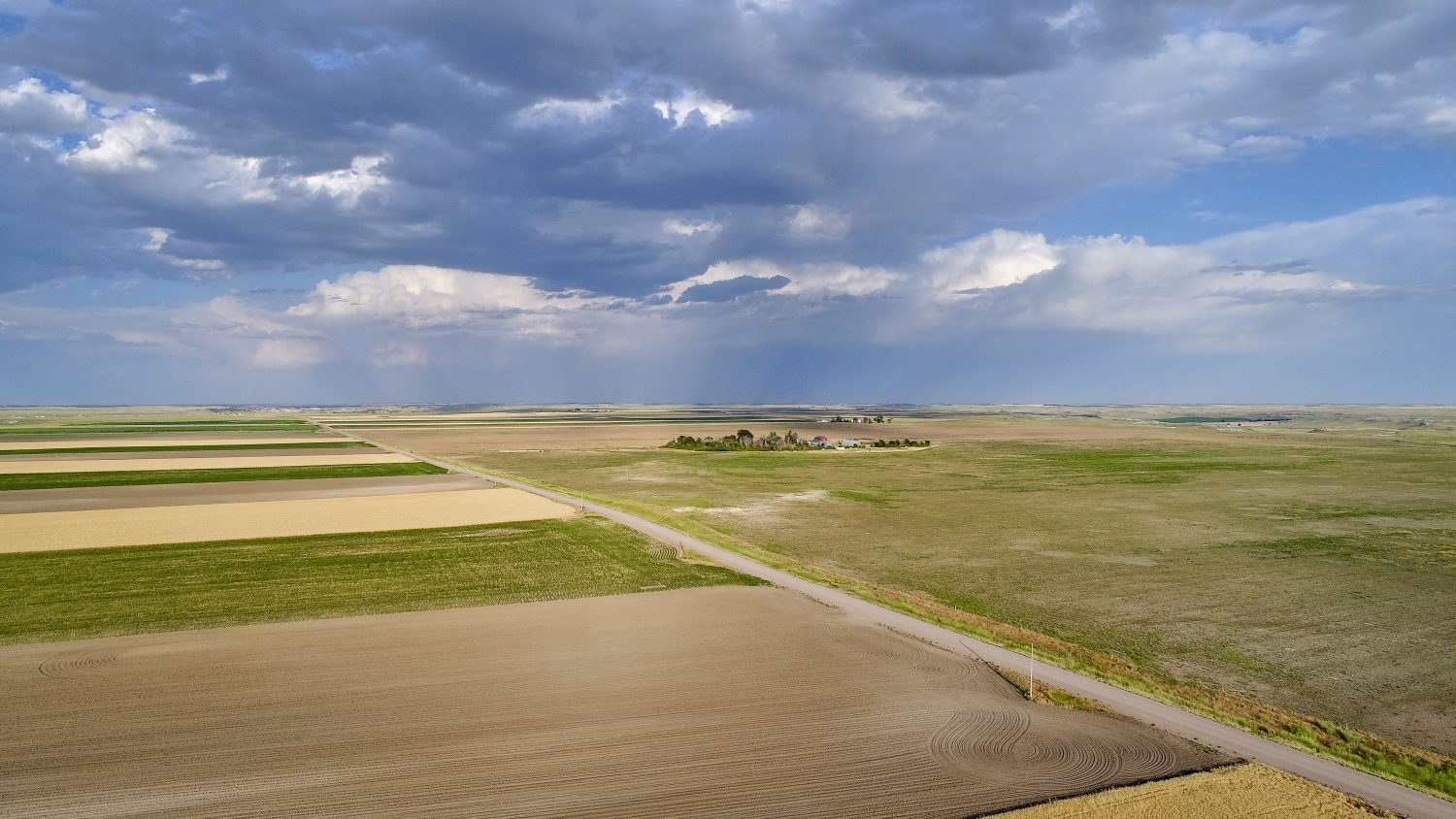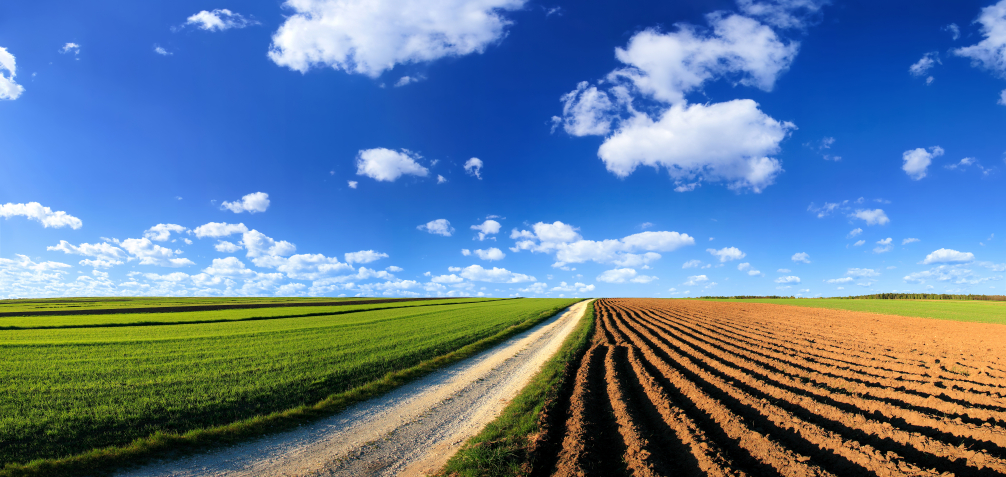
Michigan Hay Supplies Tighten and Prices Increase
Hay supplies in Michigan have definitely decreased in the last six months. Going into the 2017 summer season, the growing first cutting hay crop looked good and the carry-over from a second mild winter on farms had many feeling they should have plenty of forage. Granted hundreds of semitrailer loads of hay left the state in March to aid the ranches in the Western Plains States that were devastated by wild fires, but that hay was a very small dent in Michigan’s supply. More donated hay left Michigan in July to support drought stricken ranches in the Dakotas leaving what appeared to be a still plentiful forage supply. But by mid-summer, weather patterns had divided the state of Michigan into two extremes with Central and Southern Michigan turning bone dry and the tip of the Northern Lower Peninsula and the Eastern Upper Peninsula being too wet. Both of these weather patterns made it difficult or nearly impossible to harvest dry hay. With most pastures in the south running out of forage in late summer, many pasturing livestock operations began feeding hay much earlier than planned. The eastern end of the Upper Peninsula had standing water in first cutting hay crops into mid-summer delaying harvest and in many cases causing mowed crops to rot in the field. Yields were 40 to 60 percent lower for the year in that Eastern Upper Peninsula region which is a significant hay producing region in Michigan. These weather events, compounded by the lower total hay acres in Michigan that had occurred over the last five years, have taken away the large hay surplus in rapid fashion.
According to USDA surveys of farms conducted on December 1, 2017, hay stocks in Michigan were down 16.7 percent from the previous year. Many Midwest States have experienced similar declines with Wisconsin being down 17.2 percent, Iowa down 14 percent, South Dakota down 10.8 percent and North Dakota down 28.7 percent. Across the United States, total hay stocks are 10 percent lower than 2016 and are almost as low as what they were in the drought year of 2012. The states to our south may have more hay available as Ohio hay stocks are up 18.7 percent and Indiana stocks are up 35.4 percent.
Hay can still be found in Michigan but it may not be as easy to locate, it may be a further distance to transport and it obviously will cost more than it did at last year’s prediction from MSU Extension forage experts. Also with the wet conditions in the Upper Peninsula, the quality of some hays will not be quite as good as those conditions led to over- mature, late harvested hay that may also be dusty and moldy.
Hay prices have been gradually moving higher as demand grows and knowledge of the short hay supply became known. The big movers were the low quality grass and legume mixed round baled hays that were selling for as low as $65 to $85 per ton in mid-summer. They now have moved up to $90 to $115 per ton. Most mid quality alfalfa and alfalfa/grass hays are selling for $120 to $150 per ton depending upon their quality and the type of bale package. The high quality alfalfa hays are selling for $150 to $200 per ton on average. These prices may move higher over the next few months depending upon the severity of the winter weather, since livestock in colder temperatures eat more hay, and upon how many farms are still in need of extra hay.
These prices may hold because the corn silage harvest was sufficient in most areas, grain prices are relatively low and can offset some of the hay in the ration and because livestock and dairy farm profits are low to non-existent and trimming the feed budget is a goal of many.


